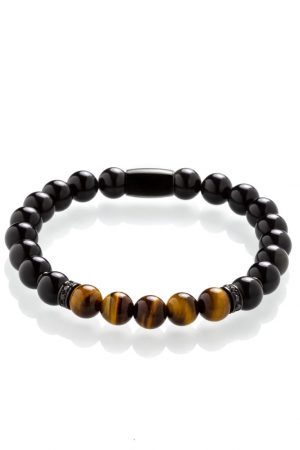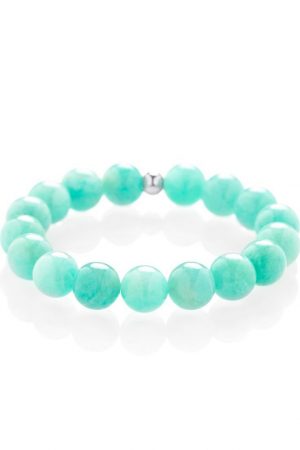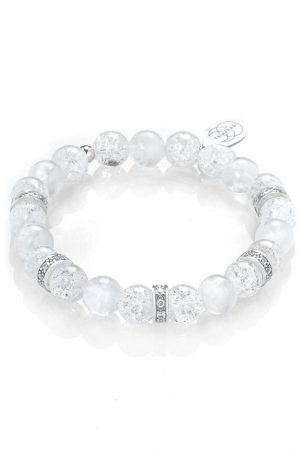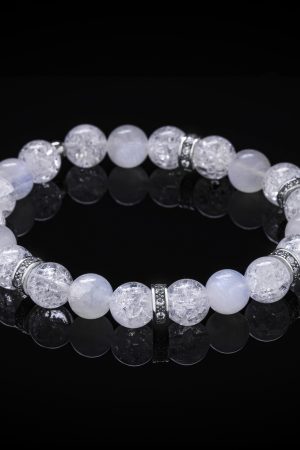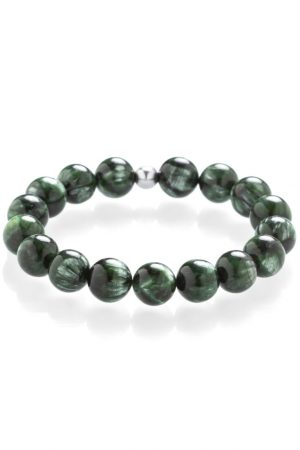💎 Not all gemstones are created equal
When choosing gemstone jewellery, it’s crucial to distinguish between genuine natural stones, enhanced natural stones, and synthetic imitations. At first glance, they may look similar — but their value, origin, and energy are entirely different. Let’s break it down into three clear categories.
1️⃣ Authentic natural minerals – the raw power of Earth
These are genuine gifts from the Earth, formed naturally through geological processes without human intervention. Each stone is one of a kind, and natural imperfections (cracks, inclusions, color transitions) are not flaws — they are signs of authenticity!
🔍 How to spot a 100% natural stone?
✔ It has natural inclusions such as air bubbles or traces of other minerals.
✔ It’s not perfectly clear — if it looks too flawless, it might be synthetic.
✔ It has a unique structure — no two natural stones are the same.
💡 Example: Rose quartz, amethyst, tourmaline, and lapis lazuli often have distinctive inclusions and markings that true gemstone lovers deeply appreciate.
2️⃣ Heat-treated gemstones – natural origin with a touch of enhancement
This category includes stones that were naturally formed, but heat-treated to enhance their color. It’s important that customers are informed — this is not a scam, but a common and accepted practice in gemology.
🔍 Common treatments include:
✔ Blue topaz – gets its vibrant hue through heat treatment.
✔ Emeralds and rubies – often filled with oil to improve clarity and color.
🧐 Is it a bad thing?
Not necessarily! The stone is still natural, just improved. The real issue is when sellers hide this treatment. Always buy from trusted sources who disclose stone modifications.
3️⃣ Synthetic gemstones – a trap for uninformed buyers ⚠️
These are entirely man-made creations that have nothing to do with nature. While they may resemble natural stones in appearance, they are chemically produced in laboratories and carry no energetic value.
⚠️ Beware of the following scams:
❌ Cubic zirconia – a cheap diamond imitation.
❌ Synthetic sapphire, emerald, and ruby – lab-grown versions that look “too perfect.”
❌ Reconstructed minerals – crushed stones bonded with resin.
🔍 How to recognize synthetic stones?
🚩 Perfect clarity – no inclusions, no fractures.
🚩 Suspiciously low price – if the deal seems too good to be true, it probably is.
🚩 Uniform color and texture – real stones are naturally irregular.
💡 Example of a scam: Some dishonest sellers offer synthetic “tanzanites” or “blue opals” that have nothing to do with the natural minerals!
🛑 How to avoid being deceived?
💎 Only buy from verified sellers who provide a certificate of authenticity.
💎 Don’t hesitate to ask questions – trustworthy shops will always disclose any treatments.
💎 A natural stone is NEVER flawless – its charm lies in its unique imperfections!
📌 Summary – what types of gemstones exist?
| Type of Gemstone | Is it natural? | Is it treated? | Does it have value? |
|---|---|---|---|
| ✅ Authentic natural mineral | Yes | No | High 💎 |
| 🔥 Heat-treated gemstone | Yes | Yes | Still valuable 👍 |
| ❌ Synthetic gemstone | No | Yes | No value 🚨 |

